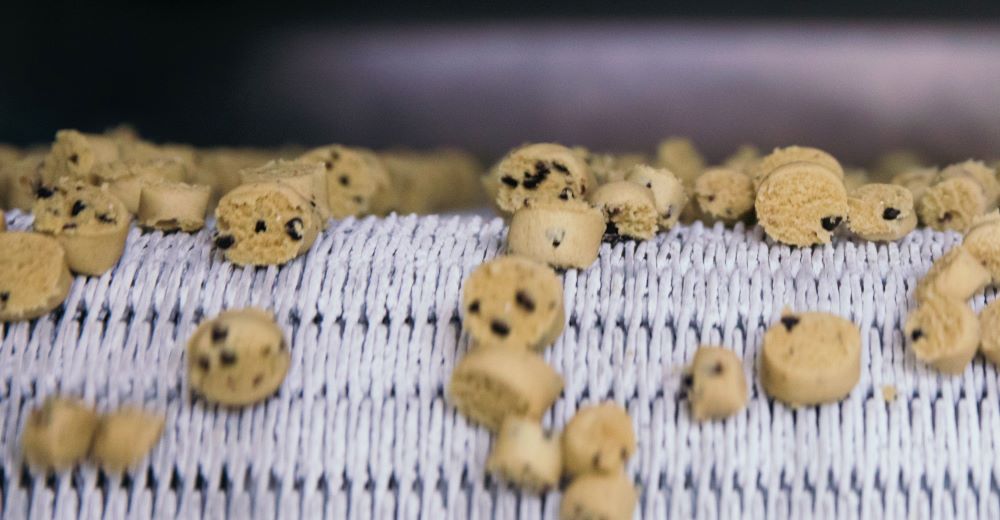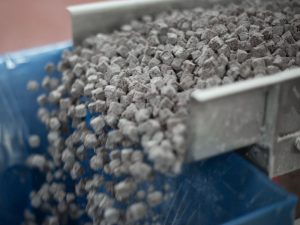Your ice cream lines are humming. Your operators are in the zone. You’re producing finished product at record-breaking efficiency. Most of the time your operation is a well-oiled machine, but we all know that it only takes one tiny snag to throw your production floor into a state of chaos. We’ve been in this business for 39 years and know firsthand how many people, systems and processes it takes to produce great tasting ice cream.
Here at Rhino, our relentless focus on quality and our talented team allow us to make the best tasting ice cream inclusions on the market. But what happens after those chunks of deliciousness leave our doors? We want to set our customers up for success, so our Technical Services Director, Don Holly developed this list of tips and tricks for storing and handling our ice cream inclusions:
- Keep them cool. We recommend storing our inclusions at -20°F to keep them hard, free flowing and easy to handle.
- Store them together. Individual cases will get warm faster than wrapped pallets, so don’t break down your pallets until you need to, and keep them wrapped in the plastic they were delivered in.
- Only pull them when you need them. If the inclusions are out of cold storage for longer than one hour, they will start to warm up and stick together. We recommend only moving inclusions to the production floor if they’ll be used within 60 minutes. Keep this in mind if one of your lines goes down and return the cases to the freezer while your maintenance team steps in to save the day. It is also a best practice to empty the Fruit Feeder so the warmed inclusions don’t jam the auger when you start back up.
- One case at a time. Only load one case of inclusions at a time into your fruit feeder, and refill when the volume inside the feeder is almost empty. Too many inclusions inside your feeder can create too much head pressure jamming pieces into the Fruit Feeder auger.
Keep those thermometers handy. Have your Fruit Feeder operators observe the condition of the inclusions and ensure they are below -10°F before loading them into the machine. A best practice is the use of a quick response thermometer. It’s a lot easier to prevent a jam when you’re only loading frozen, hard, free flowing pieces than cleaning out a clog of soft sticky pieces.
Nothing’s more important to us than the safety of our products, so we could run with this topic all day. Whether you’re a current customer with follow up questions or an aspiring ice cream creator inquisitively exploring the world of inclusions, don’t hesitate to reach out to our National Sales Manager, Subha Luck at with specific questions!

